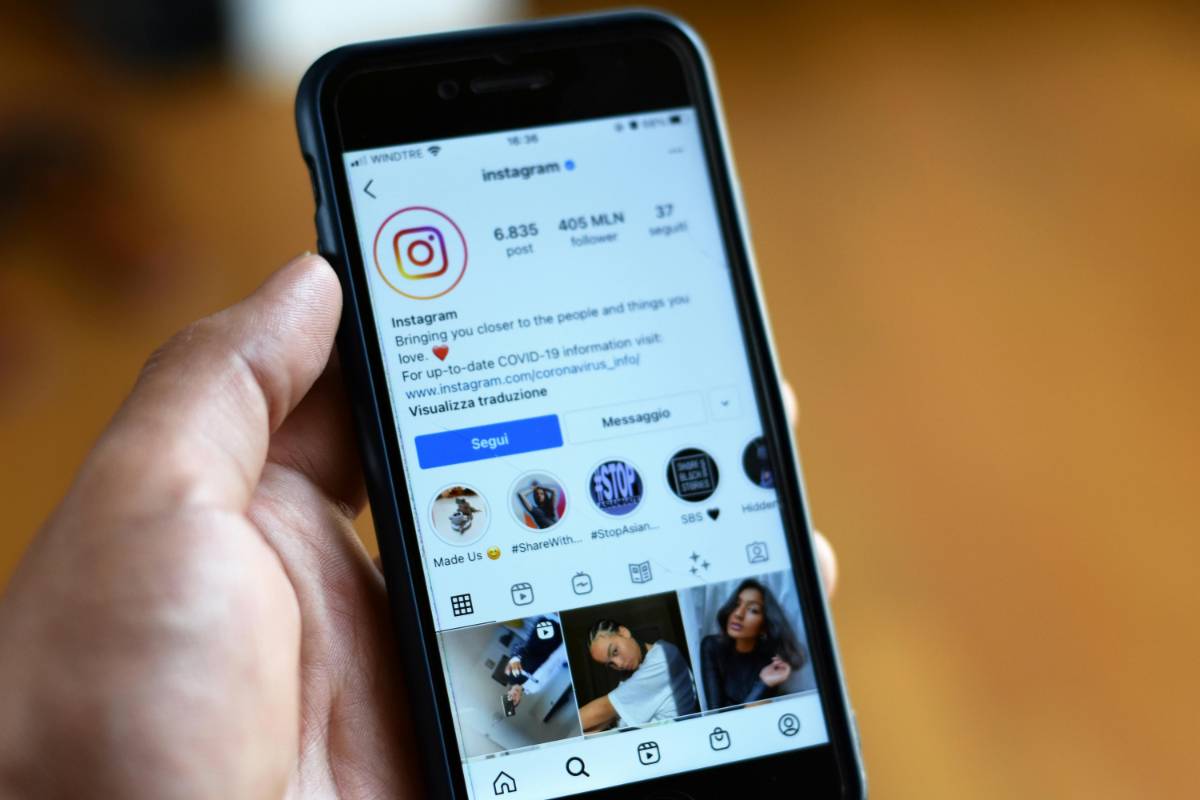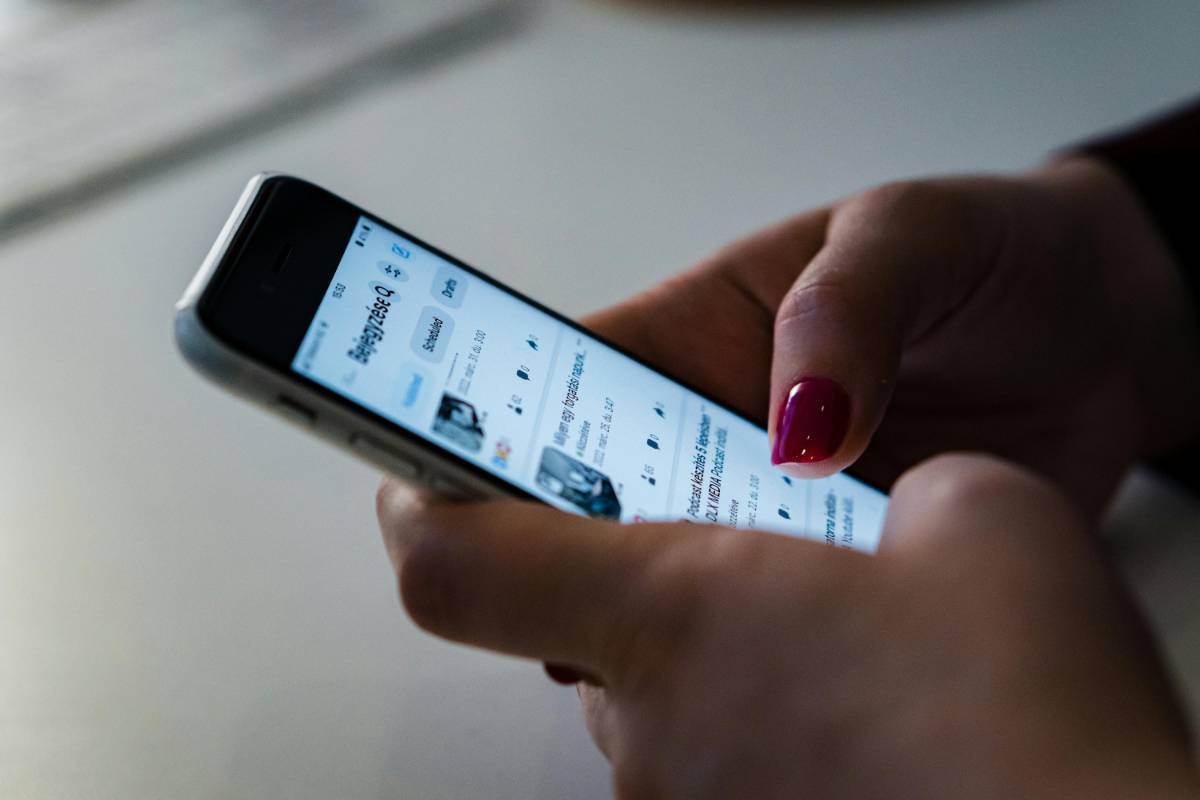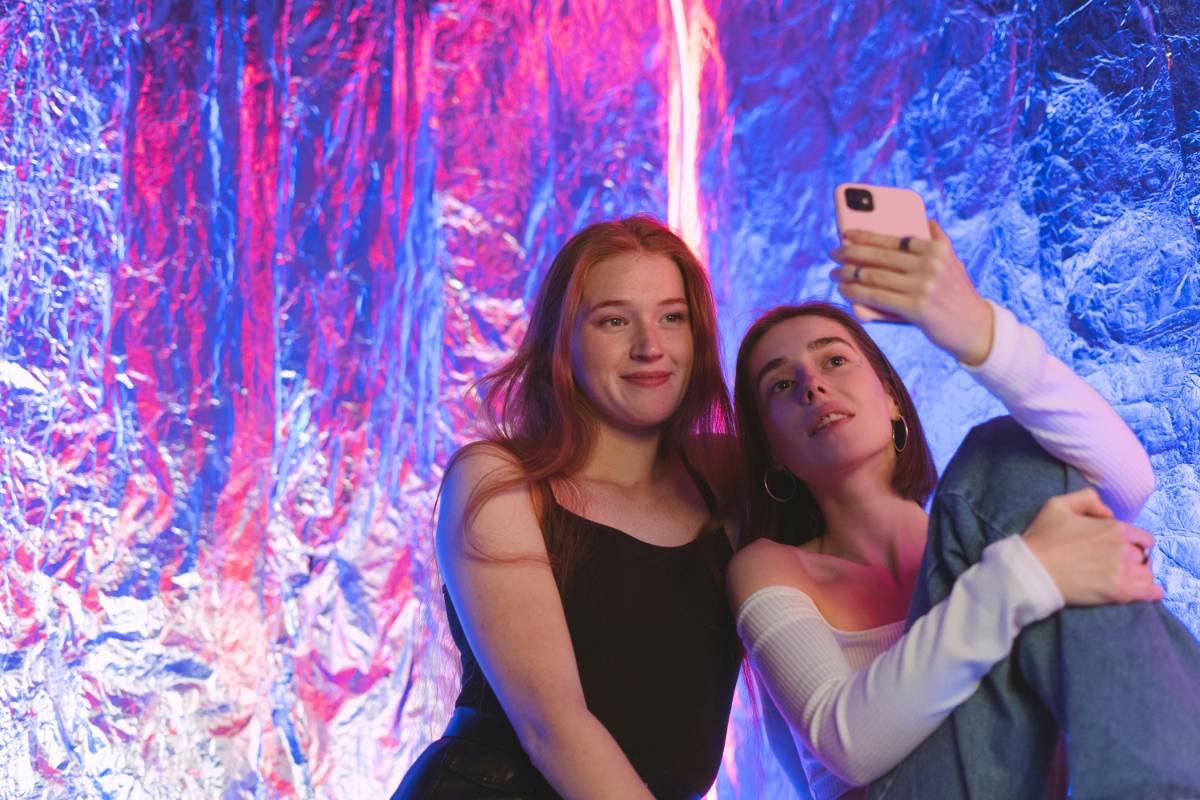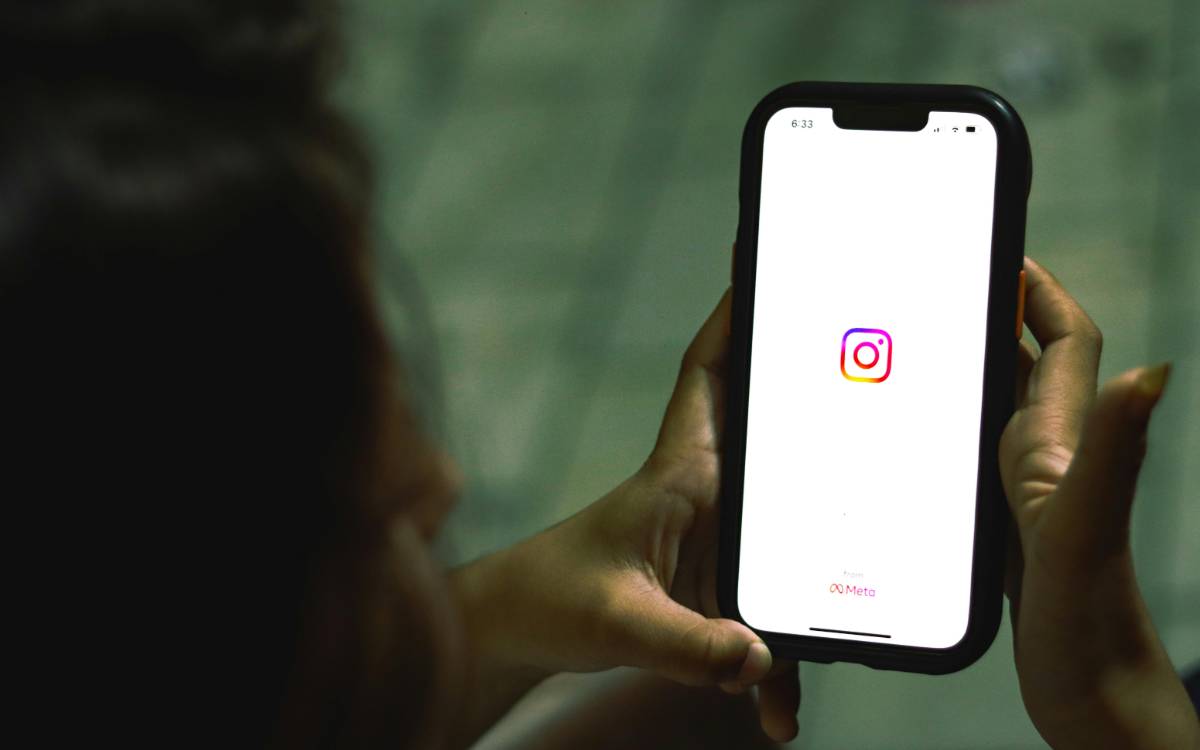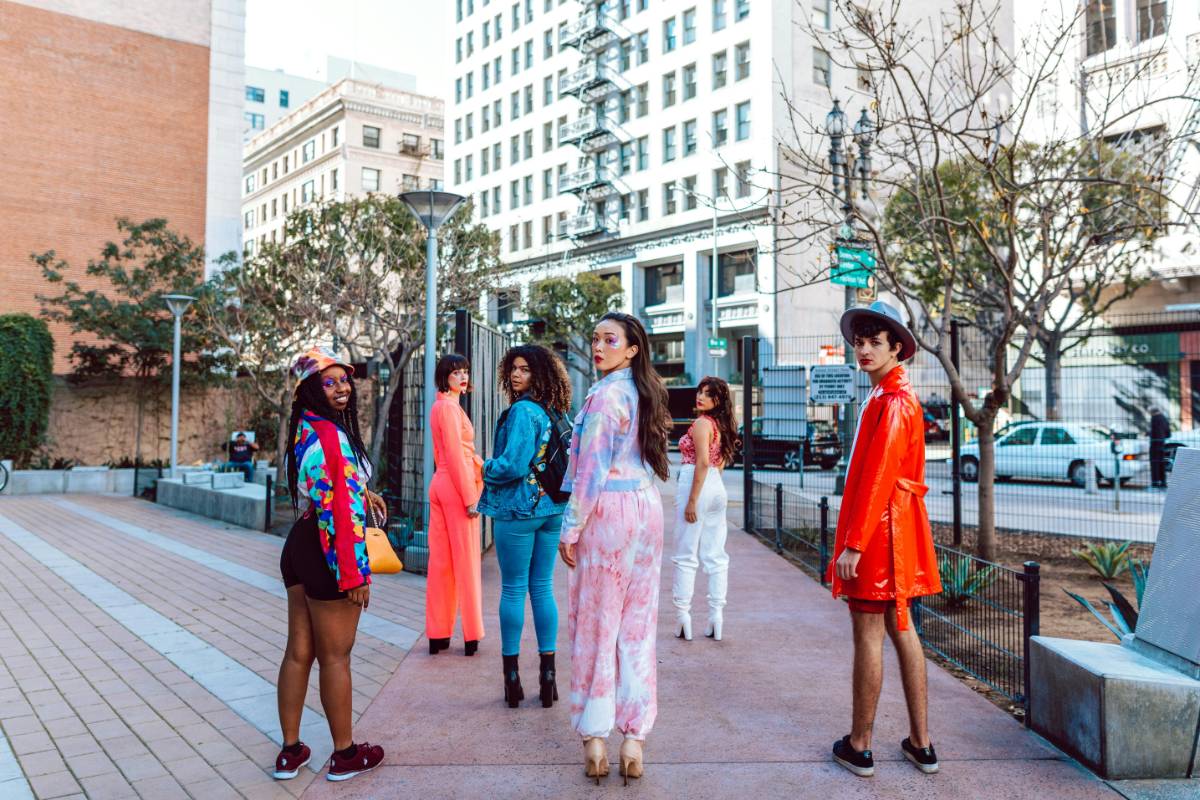Why Is Social Media Shaping Public Opinion Faster Than Ever?
12 Oct 2025
Read Time: 14 min read
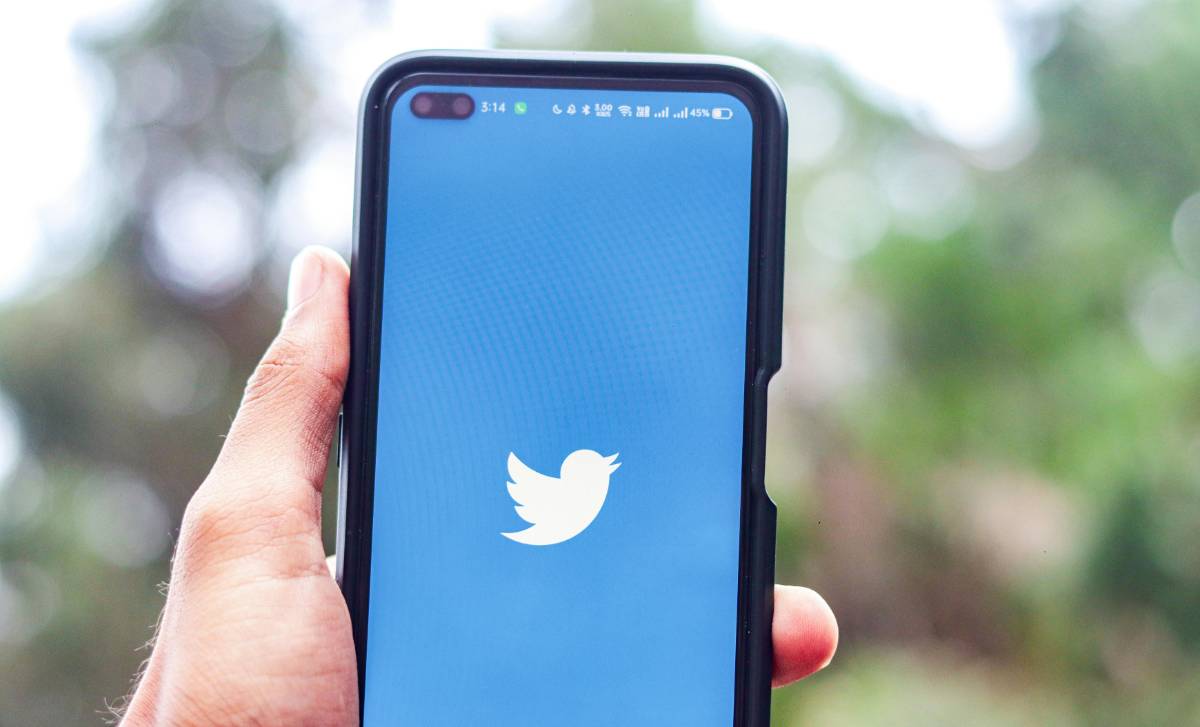
The rise of social media trends is reshaping digital culture—fueling new forms of identity, language, commerce, and connection. From AI-powered content creation to the comeback of niche platforms like Tumblr, digital culture evolves at breakneck speed. This article explores those trends, answers trending American search queries, and offers real-life examples to guide readers through today’s dynamic social media landscape.
The Rise of Social Media Trends Transforming Digital CultureIn today’s hyperconnected age, social media is not just a set of tools—it’s the cultural fabric shaping how we think, speak, shop, and belong. Let’s unpack the forces driving this transformation, explore the trends Americans are talking about now, and provide actionable insights grounded in real-world examples and research.
What social media trends are Americans talking about in 2025?Americans are actively searching for insights into trends like:
AI-generated content in social media
How to use social commerce effectively
What are micro-influencers
Short-form vs. long-form video strategy
Platforms Gen Z is using now
Signs of harmful trends like SkinnyTok
Why Tumblr is making a comeback
How social media algorithms shape language
Low-budget brand marketing on social platforms
Managing mental health in the age of social media
AI-Generated Content & Automation
Generative AI is now deeply integrated into social media—creating visual content, rewriting captions, and even drafting posts. Over 80% of marketers report efficiency gains, and more than 40% use AI to generate captions.
Example: Meta empowers marketers with AI tools that produce multiple ad versions in minutes; on Pinterest, AI models have expanded ad targeting significantly.
Short-Form Video Reigns Supreme
Formats like TikTok clips, Instagram Reels, and YouTube Shorts continue to dominate. Nearly 2.5 hours per day are spent on social media globally. Even long-form video is evolving—with Shorts extending to 3 minutes.
Example: Brands often repurpose podcast content into short, engaging clips—maximizing reach across platforms.
Micro- and Nano-Influencer Economy
Influencer marketing is booming. The market is predicted to surpass $32.5 billion in 2025, with many brands favoring micro-influencers (under 100K followers) and nano-influencers for their authenticity.
Example: Lilly Pulitzer tripled its influencer budget, focusing on relatable voices rather than celebrity reach.
Authenticity & Brand Storytelling
Consumers crave genuine connection. Nearly 90% say brands can rebuild trust through transparency, and user-generated content (UGC) is creating emotional resonance.
Example: Buffer shares behind-the-scenes transparency while brands like Away showcase real customers using their products—creating trust and relatability.
Platforms on the Rise
While mega-platforms still dominate, niche and resurgent spaces matter. Gen Z is reviving Tumblr for its anonymity, creative freedom, and anti-commercial vibe—now making up half of its active user base.
Dangerous Subcultures on Social Media
Trends like “SkinnyTok” showcase social media’s darker side—glorifying unhealthy body ideals. Despite content bans, such trends persist, fueling mental health concerns.
Language Evolution via Algorithms
Algorithms are not passive; they reshape the way we speak. Euphemisms like “seggs” for “sex” or coded political messages emerge as users adapt to censorship—dubbed “linguistic Whac-a-Mole.”
Digital Communities & Legacy Platforms
DeviantArt’s decline highlights how AI content and regulation fragment creative communities. Instead, newer platforms aim to restore authentic creator-audience connections.
Social Video Disrupts Traditional Entertainment
User-generated content and creator-led social video are eroding traditional TV watch time and ad revenue—social platforms now dominate much of daily entertainment time.
Social Trend-Powered Campaigns
Brands leverage trendiness smartly. In India, a shop’s festival ad styled like a ChatGPT interface went viral, merging cultural celebration with tech aesthetics.

💡 Discover More from Social-Media
These trends matter because they signal deeper shifts in identity, communication, commerce, and community:
Empowerment: AI lowers content-creation barriers, enabling anyone to become a creator.
Fragmentation: Niche platforms counter the sameness of major feeds, offering cultural refuge.
Authenticity as Currency: Users value emotional truth over polish—from nano-influencers to real customer stories.
Language Evolution: Algorithmic constraints accelerate creativity in communication.
Attention Economy: As entertainment fragments, attention becomes the most precious commodity.
Mental Health Consequences: Dangerous trends underscore the need for curation and self-care.
10 FAQs Americans are currently searching—and their answersWhat’s the role of AI in social media content creation?
AI is streamlining caption, image, and ad creation—saving hours of manual work for marketers and creators.
How are micro-influencers different from celebrities?
They offer niche reach, high engagement, and perceived authenticity—often delivering better ROI than celebrities.
Why is short-form video so dominant?
It fits shrinking attention spans, encourages repeat engagement, and works across multiple platforms.
Why is Tumblr seeing a revival?
Gen Z values its anonymity, creative culture, and resistance to heavy commercial branding.
Are there harmful social media trends right now?
Yes—SkinnyTok is one example, promoting dangerous body ideals.
Can social media shape how we speak?
Definitely—users create euphemisms and coded language to navigate platform moderation.
What happened to platforms like DeviantArt?
AI content saturation and stricter policies have reduced its artist community.
How much time do Americans spend on social media versus traditional TV?
Social video is capturing more entertainment time, directly competing with traditional pay TV.
How can brands create effective social campaigns on a shoestring budget?
By using authentic storytelling, repurposed content, and trend-aligned creativity.
How significant is social media for advertising?
In the U.S., more than 70% of people use social media, and ad spending continues to rise yearly.
Practical takeaways for readers and creatorsFor Content Creators: Use AI to streamline work but maintain personal voice and authenticity.
For Brands & Marketers: Partner with micro-influencers and focus on relatable narratives.
For Platform Users: Curate your feed and limit exposure to harmful trends.
For Community Builders: Create safe, authentic spaces for meaningful interaction.
For Cultural Observers: Track how platform features influence language and cultural norms.
Closing Perspective: The future of digital cultureSocial media no longer just reflects culture—it actively creates it. From the language we use to the communities we build, from branding strategies to creative expression, every swipe and scroll influences our collective identity.
Stay Informed
Get the latest and most accurate news delivered straight to your inbox. Subscribe now and never miss an update.

Anita Singh
An insightful voice in the industry, crafting content that informs, inspires, and connects with readers.
View all articles →Continue Reading
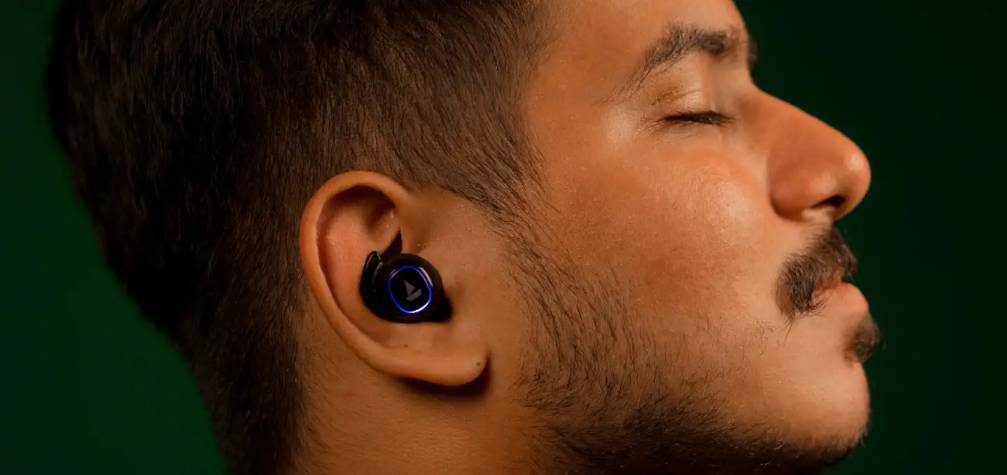
Hollywood
Wireless Freedom: Discover the Best Earbuds for On-the-Go Listening
By David Thompson
05 Oct 2024

Travel
How to Make Corporate Travel Less of a Chore and More of a Pleasure
By Olivia Mitchell
16 Sep 2025

Social-Media
Why TikTok’s Duet Feature Is the Ultimate Tool for Going Viral
By Olivia Mitchell
24 Apr 2025

Social-Media
How to Use TikTok Sounds to Skyrocket Your Social Media Engagement
By James Carter
08 Apr 2025

Travel
Corporate Travel Gone Wrong: Stories That Will Make You Laugh and Learn
By Samantha Lee
04 Sep 2025

